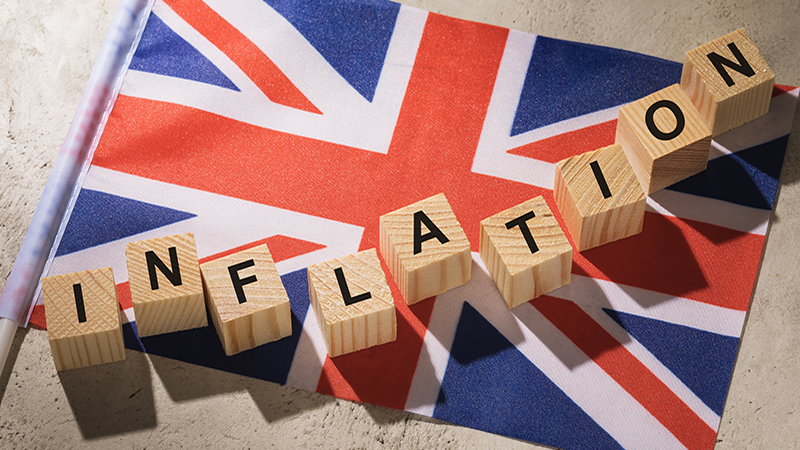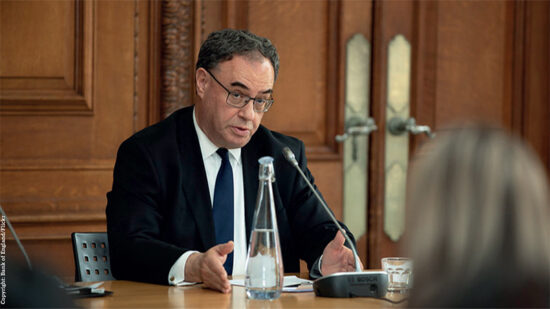UK inflation fell further than expected to 2.6% in March, bringing May’s Monetary Policy Committee meeting firmly into scope.
Falling petrol prices helped the rate come in below the 2.7% expected. However, the outlook is uncertain moving forward, as the impact of US tariffs is yet to filter through to inflation data.
“Nobody quite knows what is going to happen next on President Trump’s tariff rollercoaster, and as such the economic environment will be volatile,” said Lindsay James, investment strategist at Quilter.
“Furthermore, there are specific inflationary pressures for the UK, with the new rates of national insurance now in place on employers and the likely upward impact this will have on prices.”
See also: Square Mile: Income most-researched outcome for advisers in Q1
James added that there is good news too, with energy prices falling significantly since the start of the year, with oil down around 15% year to date. Meanwhile, comments from Vice President Vance suggests a trade deal with the UK could be close.
“Overall, however, this is a picture of a soft economic outlook. What this brings into play, though, is the scope for further rate cuts.
“The market is currently pricing in three by the end of the year, with one more cut having been factored in since the so-called ‘Liberation Day’. Should inflation play ball and stay in this 2%-3% range, then we may just see those rate cuts be delivered.”
PA Live: Global equities and Trump volatility: Start of a new cycle?
Inflation risks remain, though the Bank of England will now increasingly feel the need to weigh upside inflation risks against downside risks to growth, said Zara Nokes, global market analyst at JP Morgan Asset Management.
“The global economy is beginning to stall amid trade policy uncertainty emanating from the US and being a small and open economy leaves the UK exposed to such headwinds. Direct tariffs on UK exports, coupled with the risk that US trading partners dump their goods in the UK to avoid US tariffs, could act as a further drag on inflation.
“Simultaneously, while still elevated wage growth has rightly kept the Bank cautious in delivering rate cuts so far, yesterday’s labour market data suggests that cracks are beginning to show. If the labour market deteriorates meaningfully following the hike in employer NICs this month, pressure on the Bank to ramp up rate cuts will only intensify.”
This story was written by our sister title, Portfolio Adviser








